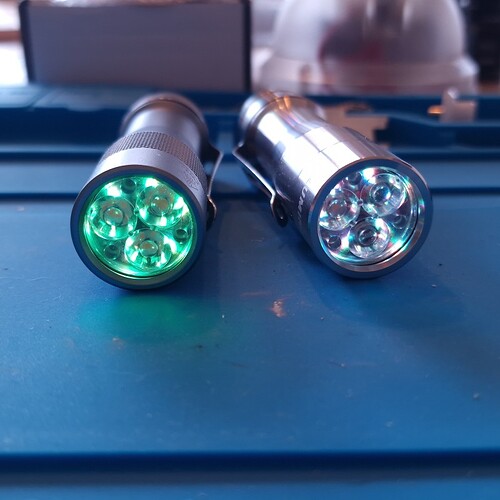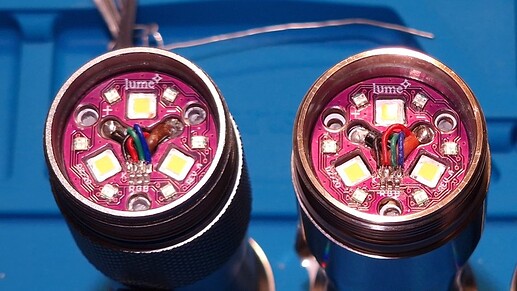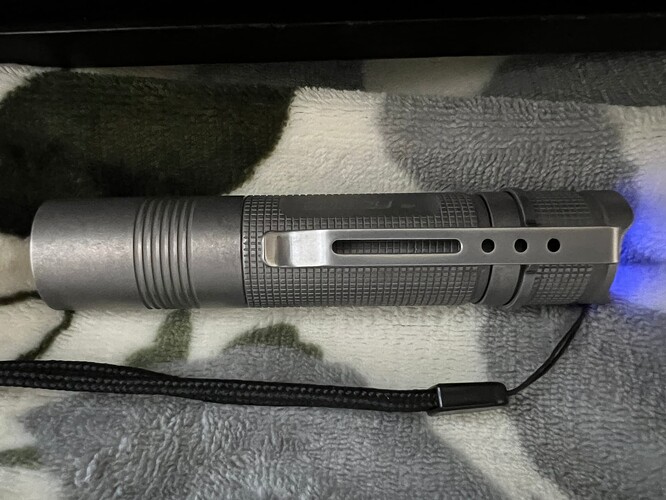Yes, rest of the light is original. I was thinking about a driver swap as well, but for now I am happy with the results. But even if the original driver is broken, I think I still have a replacement driver of another PD40 1st gen somewhere lying around ![]()
The Turbo lasts longer tho, I think due to much lower Vf compared to MT-G2. I was still able to activate Turbo even after 20 min on highest mode (around 1200 lm).
The turbo now can be used until the battery is down to around 50 % (3.7 to 3.8 V), which is quite good, even for a light from 2014.
Yeah, that is quite a mystery to me: why does Nichia such things like designing a high power LED without thermal pad? I think I will never get their point on this.
Yes, I am currently making the test of XHP70.3 HI 4000 K (the bin “5D” from Simon). The tint is very nice (below duv), but the CRI is still low tho (which is also clearly visible even in comparison with 80 CRI 4000 K emitters).












